Heat Stabilizer for Soft Plastic: Benefits and Applications
19/01/2024
Heat stabilizer for soft plastic are additives used in soft plastic to prevent degradation caused by heat exposure. Soft plastic is a type of plastic that can be easily deformed or shaped, making it ideal for a wide range of applications. However, soft plastic can become brittle and discolored when exposed to heat, which can lead to a decrease in its overall quality. Heat stabilizers help to prevent this degradation, ensuring that soft plastic maintains its properties over time.
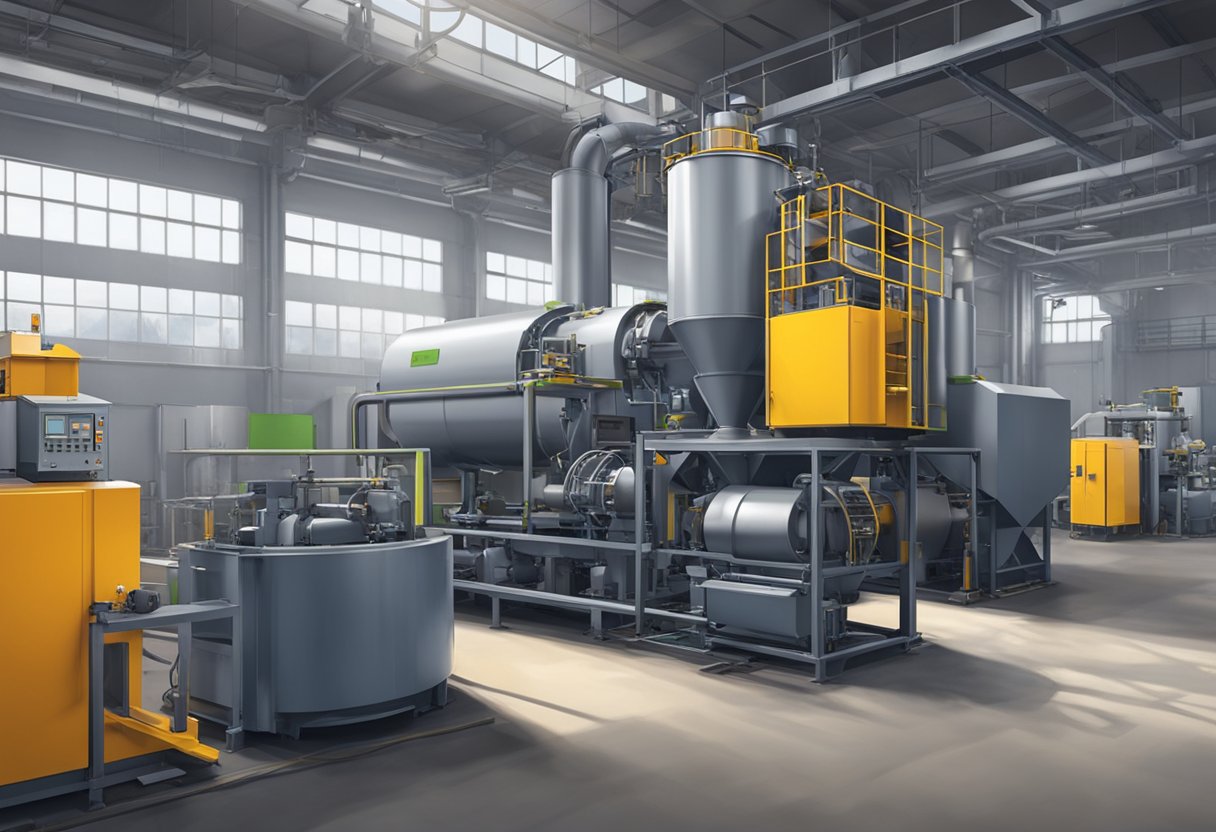
There are many different types of heat stabilizers available for use in soft plastic, each with its own unique properties and benefits. Some heat stabilizers work by absorbing the heat and preventing it from reaching the plastic, while others work by reacting with the plastic to prevent degradation. The choice of heat stabilizer depends on the specific application and the desired properties of the final product.
Heat stabilizers are an important component of soft plastic manufacturing, as they help to ensure the longevity and quality of the final product. With the right heat stabilizer, soft plastic can maintain its properties over time, even when exposed to high temperatures. As such, heat stabilizers are an essential tool for anyone working with soft plastic, from manufacturers to end-users.
Overview of Heat Stabilizers
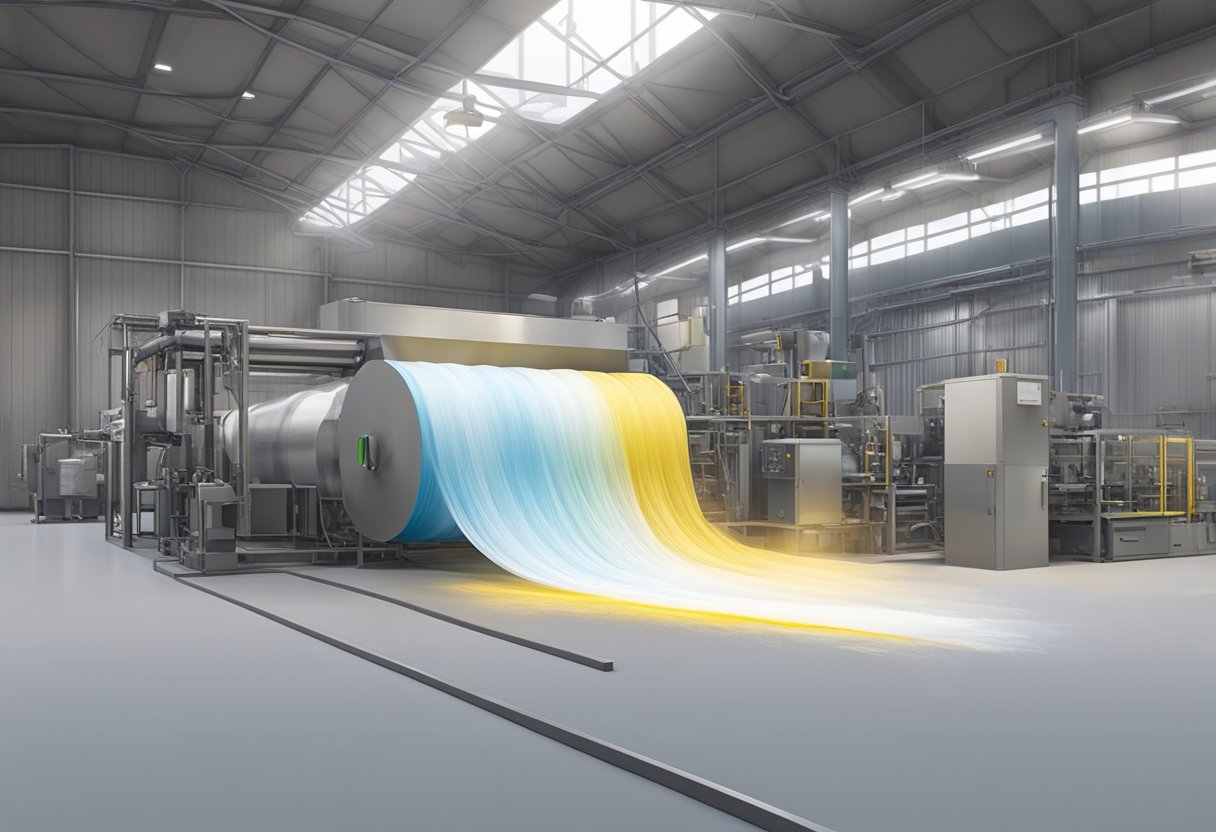
Definition and Purpose
Heat stabilizers are additives that are used in the manufacturing of soft plastic to prevent thermal degradation of the material. They work by inhibiting the breakdown of the polymer chains that make up the plastic when exposed to high temperatures. This helps to maintain the physical and mechanical properties of the plastic, ensuring that it remains stable and usable for longer periods of time.
Heat stabilizers are typically added to soft plastic during the compounding process, where the plastic is mixed with other additives to achieve the desired properties. They can be added in varying amounts depending on the specific requirements of the application, and are often used in combination with other additives such as UV stabilizers and antioxidants to provide comprehensive protection against environmental factors.
Importance in Plastic Manufacturing
Heat stabilizers play a critical role in the manufacturing of soft plastic, as they help to ensure that the material remains stable and usable under a wide range of conditions. Without heat stabilizers, soft plastic would be prone to thermal degradation, which can cause it to become brittle, discolored, and unusable.
The use of heat stabilizers also helps to extend the lifespan of soft plastic, reducing the need for frequent replacements and minimizing waste. This makes them an important component of sustainable manufacturing practices, as they help to reduce the environmental impact of plastic production.
Overall, the use of heat stabilizers is essential for ensuring the quality and longevity of soft plastic products. By inhibiting thermal degradation and maintaining the physical and mechanical properties of the material, they help to ensure that soft plastic remains a versatile and reliable material for a wide range of applications.
Types of Heat Stabilizers
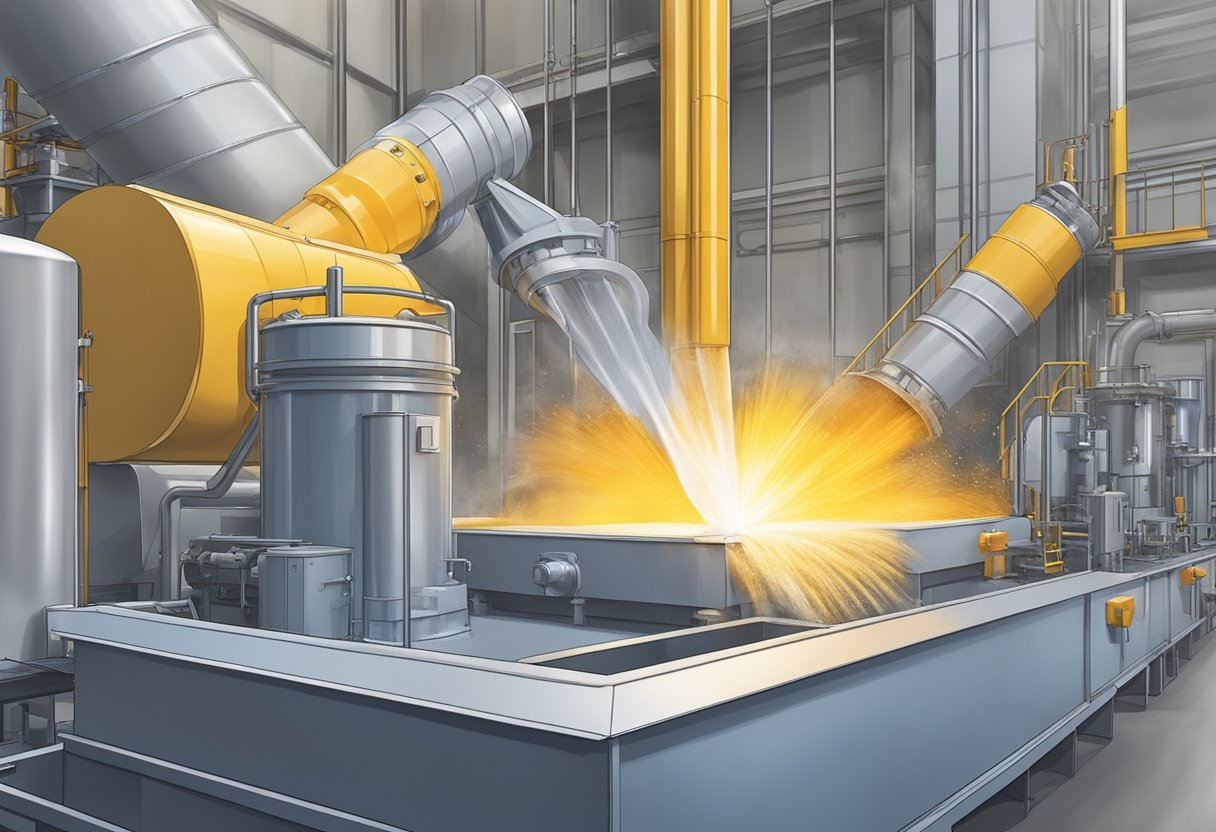
Heat stabilizers are essential additives in the production of soft plastic materials. They prevent the breakdown of the plastic under high temperatures and protect it from degradation. There are different types of heat stabilizers available in the market, each with its own unique properties. Here are some of the most common types of heat stabilizers used in soft plastic production:
Metallic Soaps
Metallic soaps are one of the oldest and most widely used types of heat stabilizers. They are derived from metal ions such as calcium, zinc, and barium, and organic acids like stearic acid. Metallic soaps work by forming a protective layer on the surface of the plastic, which prevents degradation caused by heat. They are cost-effective and have a good thermal stability, making them suitable for a wide range of soft plastic applications.
Organotin Stabilizers
Organotin stabilizers are another popular type of heat stabilizer used in soft plastic production. They are composed of tin, organic acids, and stabilizing agents. Organotin stabilizers offer excellent heat stability and resistance to weathering. They are also effective in preventing discoloration and degradation of the plastic. However, organotin stabilizers are relatively expensive compared to other types of heat stabilizers.
Phosphites and Phosphonites
Phosphites and phosphonites are antioxidants that are used as heat stabilizers in soft plastic production. They work by breaking down the free radicals that are produced when the plastic is exposed to heat. Phosphites and phosphonites are effective in preventing discoloration and degradation of the plastic. They are also compatible with other stabilizers, making them suitable for use in combination with other heat stabilizers.
Polymeric Stabilizers
Polymeric stabilizers are a relatively new type of heat stabilizer used in soft plastic production. They are composed of polymers that are added to the plastic during production. Polymeric stabilizers offer excellent heat stability and resistance to weathering. They are also effective in preventing discoloration and degradation of the plastic. However, polymeric stabilizers are relatively expensive compared to other types of heat stabilizers.
In conclusion, the choice of heat stabilizer depends on the specific needs of the soft plastic application. Each type of heat stabilizer has its own advantages and disadvantages. Manufacturers should carefully consider the properties of each type of heat stabilizer before selecting the one that is most suitable for their application.
Application in Soft Plastics
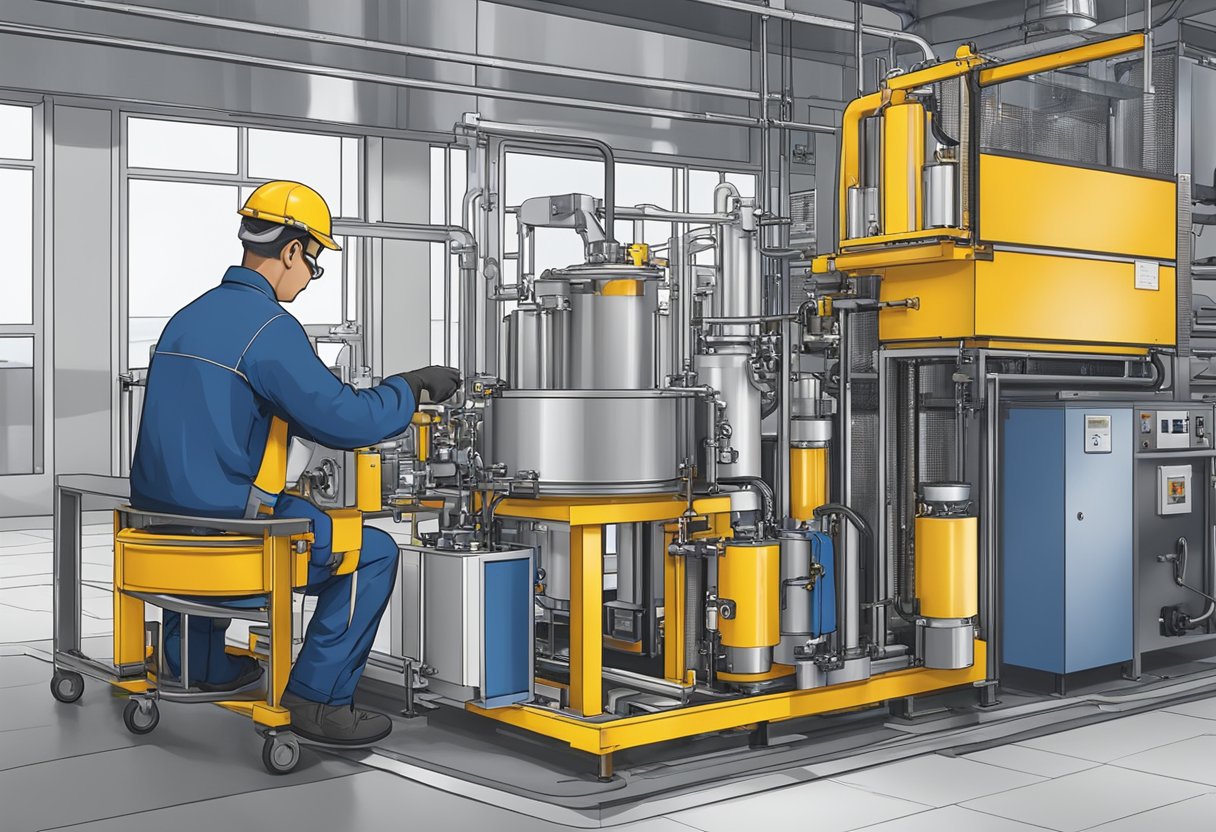
Heat stabilizers are widely used in the production of soft plastics to improve their thermal stability and prevent degradation during processing and use. The following subsections will discuss the application of heat stabilizers in three common types of soft plastics: flexible PVC, polyethylene, and polypropylene.
Flexible PVC
Flexible PVC is a widely used material in the production of soft plastic products such as cables, flooring, and medical devices. Heat stabilizers are added to flexible PVC to prevent degradation caused by heat, light, and oxygen exposure. The most commonly used heat stabilizers for flexible PVC include lead-based stabilizers, tin-based stabilizers, and calcium-zinc stabilizers.
Polyethylene
Polyethylene is a thermoplastic material used in the production of various soft plastic products such as packaging films, bags, and toys. Heat stabilizers are added to polyethylene to prevent degradation caused by heat, UV radiation, and oxidation. The most commonly used heat stabilizers for polyethylene include hindered phenols, phosphites, and thioesters.
Polypropylene
Polypropylene is a versatile material used in the production of various soft plastic products such as automotive parts, toys, and packaging materials. Heat stabilizers are added to polypropylene to prevent degradation caused by heat, UV radiation, and oxidation. The most commonly used heat stabilizers for polypropylene include phosphites, hindered phenols, and thioesters.
In conclusion, heat stabilizers play a crucial role in improving the thermal stability of soft plastics. By preventing degradation caused by heat, light, and oxygen exposure, heat stabilizers help to extend the life of soft plastic products and ensure their performance and quality.
Performance Considerations
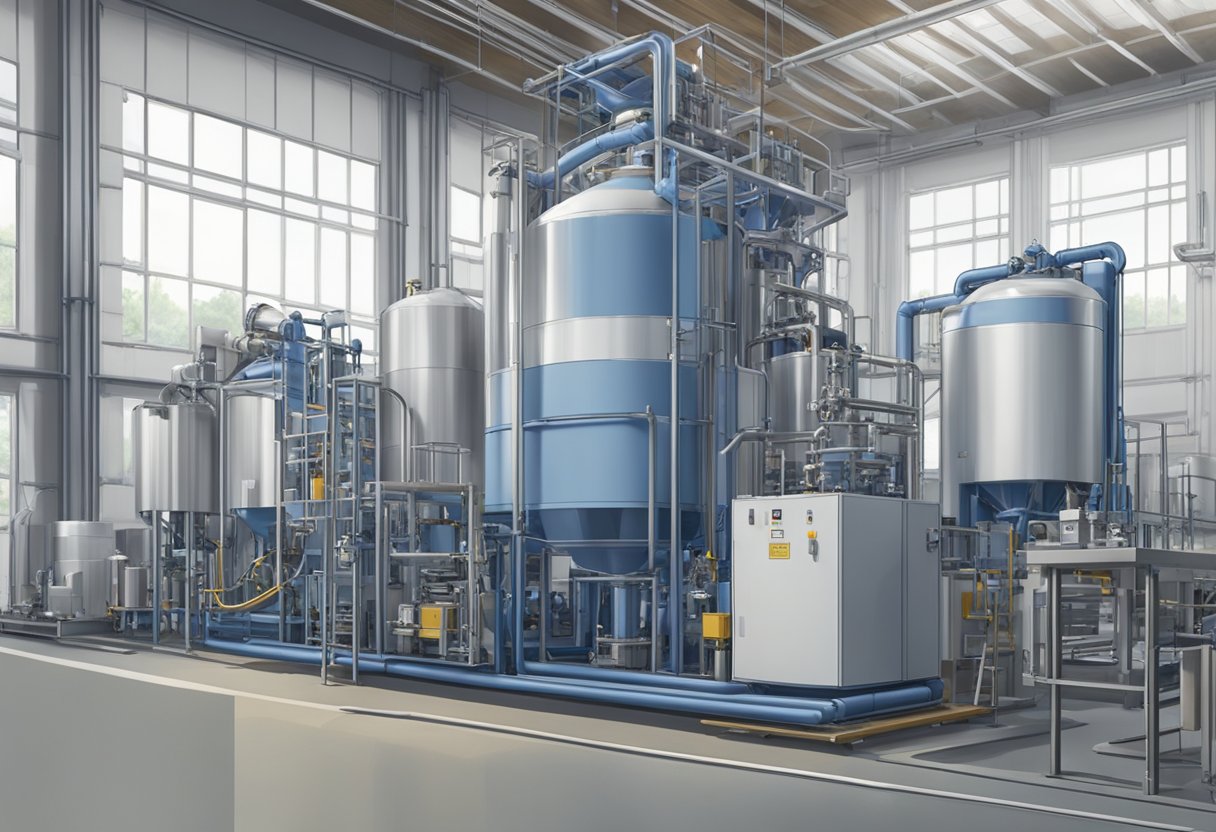
When choosing a heat stabilizer for soft plastic, there are several performance considerations to keep in mind. These considerations include thermal stability, processing conditions, longevity, and durability.
Thermal Stability
One of the most important performance considerations for a heat stabilizer is its thermal stability. The heat stabilizer must be able to withstand the high temperatures that are generated during the processing of soft plastic. If the heat stabilizer is not thermally stable, it can break down and lose its effectiveness, which can lead to problems with the final product.
Processing Conditions
Another important performance consideration for a heat stabilizer is its ability to function under different processing conditions. The heat stabilizer must be able to work effectively in a wide range of processing conditions, including different temperatures, pressures, and processing times. If the heat stabilizer is not able to function effectively under these conditions, it can lead to problems with the final product.
Longevity and Durability
Finally, it is important to consider the longevity and durability of the heat stabilizer. The heat stabilizer must be able to maintain its effectiveness over time, even with repeated exposure to high temperatures and other processing conditions. Additionally, the heat stabilizer must be durable enough to withstand the stresses of processing and handling without breaking down or losing its effectiveness.
Overall, when choosing a heat stabilizer for soft plastic, it is important to consider these performance considerations to ensure that the final product is of high quality and meets the desired specifications.
Regulatory and Environmental Aspects
Compliance with Standards
The use of heat stabilizers in soft plastic products is subject to various regulations and standards. In the United States, the Environmental Protection Agency (EPA) regulates the use of heat stabilizers in plastics under the Toxic Substances Control Act (TSCA). The TSCA requires manufacturers to submit a pre-manufacture notice (PMN) to the EPA before introducing a new substance into commerce. The PMN must include information on the chemical identity, intended use, exposure potential, and environmental and health effects of the substance.
In addition to TSCA, the use of heat stabilizers in food contact applications is regulated by the Food and Drug Administration (FDA) in the United States. The FDA has established regulations that specify which substances can be used in food contact materials and at what levels.
Outside of the United States, the European Union (EU) has established regulations for the use of heat stabilizers in plastics under the Registration, Evaluation, Authorization and Restriction of Chemicals (REACH) regulation. REACH requires manufacturers to register their substances with the European Chemicals Agency (ECHA) and provide information on the substance’s properties, uses, and potential risks to human health and the environment.
Toxicity and Health Concerns
Heat stabilizers used in soft plastic products have been the subject of health and environmental concerns. Some heat stabilizers, such as lead and cadmium-based compounds, have been found to be toxic and are no longer used in many applications. Other heat stabilizers, such as organotin compounds, have been found to be persistent in the environment and can accumulate in the food chain.
To address these concerns, many manufacturers have shifted towards using non-toxic and environmentally friendly heat stabilizers, such as calcium-zinc and barium-zinc stabilizers. These stabilizers have been found to be effective in providing heat stability to soft plastic products while minimizing potential health and environmental risks.
Overall, the use of heat stabilizers in soft plastic products is subject to various regulatory and environmental considerations. Manufacturers must ensure compliance with applicable regulations and standards, and strive to use non-toxic and environmentally friendly stabilizers whenever possible.
Market Trends and Innovations
Advancements in Stabilizer Technology
The soft plastic industry has seen significant advancements in heat stabilizer technology in recent years. Manufacturers are now producing stabilizers that offer better heat resistance and longer-lasting protection against degradation. These stabilizers are designed to withstand higher processing temperatures and provide superior performance in harsh environments.
One of the key innovations in stabilizer technology is the use of metal soaps. These compounds have been shown to provide excellent heat stability and are effective at preventing degradation in soft plastic products. In addition, metal soaps are more environmentally friendly than traditional stabilizers, making them a popular choice among manufacturers.
Another significant advancement is the use of antioxidants in combination with stabilizers. This approach provides a more comprehensive solution for protecting soft plastic products against heat and oxidative degradation. Manufacturers are also exploring the use of nanotechnology to develop stabilizers that offer superior performance and increased efficiency.
Shift Towards Sustainable Solutions
As the demand for eco-friendly products continues to grow, the soft plastic industry is shifting towards sustainable solutions. Manufacturers are now using stabilizers that are free from heavy metals and other harmful chemicals, making them safer for the environment and consumers.
In addition, there is a growing trend towards using renewable resources in the production of stabilizers. This includes the use of bio-based materials, such as vegetable oils and plant extracts, which offer a more sustainable alternative to traditional stabilizers.
Overall, the soft plastic industry is experiencing a period of significant innovation and change. With advancements in stabilizer technology and a shift towards sustainable solutions, manufacturers are better equipped than ever to produce high-quality, long-lasting products that meet the needs of consumers and the environment.
Selection Criteria for Heat Stabilizers
When selecting a heat stabilizer for soft plastic, there are several factors to consider. The following subsections outline some of the key criteria to keep in mind.
Compatibility with Polymer
The first criterion to consider when selecting a heat stabilizer for soft plastic is compatibility with the polymer. Different polymers have different chemical structures and properties, and not all heat stabilizers will work well with all polymers. It is important to choose a heat stabilizer that is compatible with the specific polymer being used to ensure optimal performance.
Cost-Efficiency
Another important factor to consider when selecting a heat stabilizer is cost-efficiency. Heat stabilizers can vary widely in price, and it is important to choose one that provides good value for money. Factors that can affect cost include the type and amount of stabilizer needed, as well as any additional processing or equipment required.
End-Use Requirements
The final criterion to consider when selecting a heat stabilizer is the end-use requirements of the soft plastic product. Different applications may require different levels of heat stabilization, and it is important to choose a stabilizer that can meet these requirements. Other factors to consider may include environmental considerations, such as the need for a stabilizer that is biodegradable or recyclable.
In summary, selecting a heat stabilizer for soft plastic requires careful consideration of factors such as compatibility with the polymer, cost-efficiency, and end-use requirements. By taking these factors into account, manufacturers can choose a stabilizer that provides optimal performance and value for money.
Conclusion
In conclusion, heat stabilizers play a crucial role in the production of soft plastic products. They help prevent degradation of the polymer chains, which can lead to discoloration, brittleness, and reduced mechanical properties.
There are different types of heat stabilizers available in the market, each with its own unique properties and benefits. Some of the commonly used heat stabilizers for soft plastic include organotin stabilizers, lead stabilizers, and calcium-zinc stabilizers.
When selecting a heat stabilizer, it is important to consider factors such as the processing conditions, end-use application, and regulatory requirements. It is also important to use the recommended dosage of the stabilizer to ensure optimal performance and avoid any negative effects on the final product.
Overall, heat stabilizers are essential additives for the production of high-quality soft plastic products. By incorporating the right type and amount of stabilizer, manufacturers can ensure that their products meet the required standards for performance, safety, and durability.




